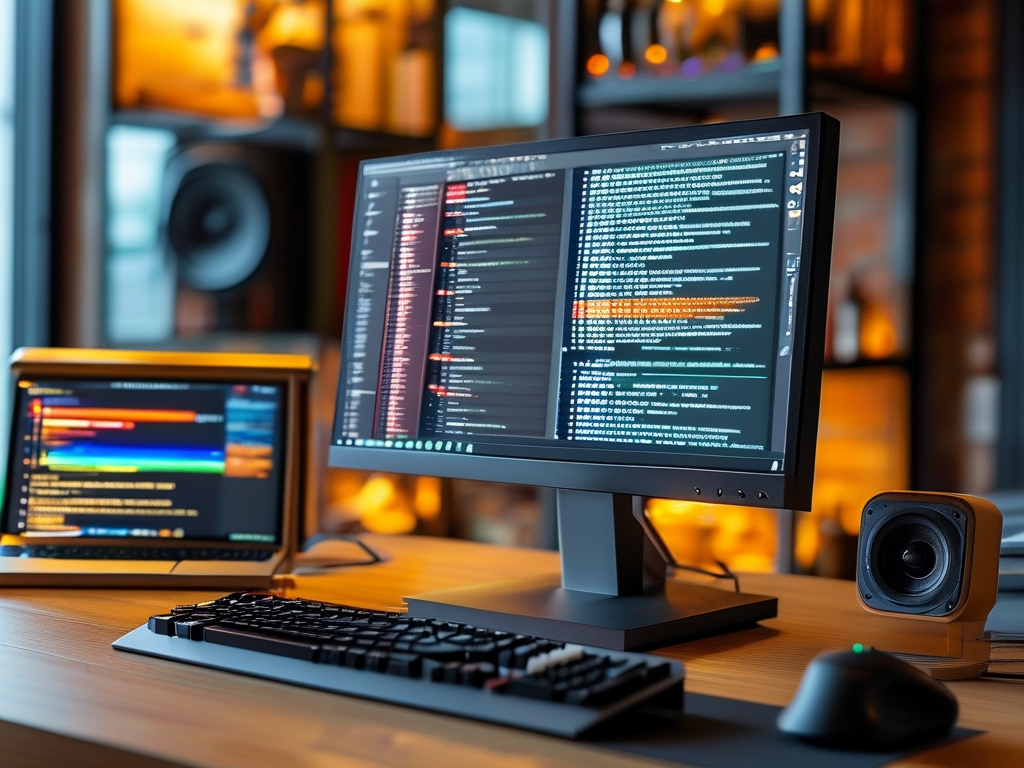Embedded programming development tools are the backbone of modern electronics, enabling engineers to create efficient, reliable, and scalable software for devices ranging from medical equipment to automotive systems. As the demand for smart, interconnected devices grows, the role of these tools becomes increasingly critical. This article explores the ecosystem of embedded programming development tools, their key features, and how they empower developers to tackle complex challenges.

1. The Landscape of Embedded Programming Tools
Embedded systems operate under strict constraints, including limited memory, processing power, and energy resources. Development tools must address these challenges while providing flexibility and precision. Key categories of tools include:
- Integrated Development Environments (IDEs): Platforms like Keil µVision, IAR Embedded Workbench, and Eclipse-based frameworks (e.g., STM32CubeIDE) offer code editing, compiling, and debugging in a unified interface. These IDEs often support specific microcontroller architectures, such as ARM Cortex-M or RISC-V.
- Compilers and Cross-Compilers: Tools like GCC (GNU Compiler Collection) and proprietary compilers optimize code for target hardware, ensuring efficient machine-level translation.
- Debuggers and Emulators: JTAG debuggers, SWD (Serial Wire Debug) probes, and simulators like QEMU enable real-time code inspection and hardware interaction.
- Version Control and Collaboration Tools: Git, along with platforms like GitHub or GitLab, is essential for team-based embedded projects.
2. Key Features of Modern Embedded Tools
Modern tools prioritize cross-platform compatibility, real-time performance analysis, and integration with cloud services. For example:
- RTOS (Real-Time Operating System) Support: Tools like FreeRTOS or Zephyr OS integration allow developers to manage multitasking and timing constraints.
- Hardware Abstraction Layers (HALs): Libraries that abstract low-level hardware details simplify code portability across devices.
- AI-Powered Code Assistants: Tools like GitHub Copilot are increasingly used to automate repetitive coding tasks.
3. Popular Tools in Action
- PlatformIO: An open-source ecosystem that supports over 1,000 embedded boards, combining IDE features, library management, and cloud collaboration.
- Segger Embedded Studio: Known for its J-Link debug probes, it provides seamless integration with ARM-based microcontrollers.
- VS Code with Embedded Plugins: Microsoft’s lightweight editor, enhanced with extensions like Cortex-Debug, has become a favorite for its flexibility.
4. Challenges and Solutions
Embedded developers face unique hurdles:
- Hardware-Software Co-Design: Tools like MATLAB/Simulink enable simulation of both circuitry and software logic before physical prototyping.
- Security Vulnerabilities: Static code analyzers (e.g., Klocwork) and secure bootloaders mitigate risks in IoT devices.
- Fragmented Ecosystems: Vendor-specific toolchains often create compatibility issues. Open standards like CMake and OpenOCD are bridging this gap.
5. The Future of Embedded Development Tools
Emerging trends include:
- AI-Driven Optimization: Machine learning algorithms that auto-tune code for power efficiency.
- Cloud-Native Development: Remote debugging and testing via platforms like AWS IoT Greengrass.
- Low-Code Platforms: Tools like Arduino Cloud democratize embedded development for non-experts.
Embedded programming development tools are evolving rapidly, driven by the need for smarter, safer, and more connected devices. By leveraging the right combination of IDEs, debuggers, and collaborative platforms, developers can overcome hardware limitations and deliver innovative solutions. As AI and cloud technologies reshape the landscape, staying updated with these tools will be key to success in the embedded systems arena.









